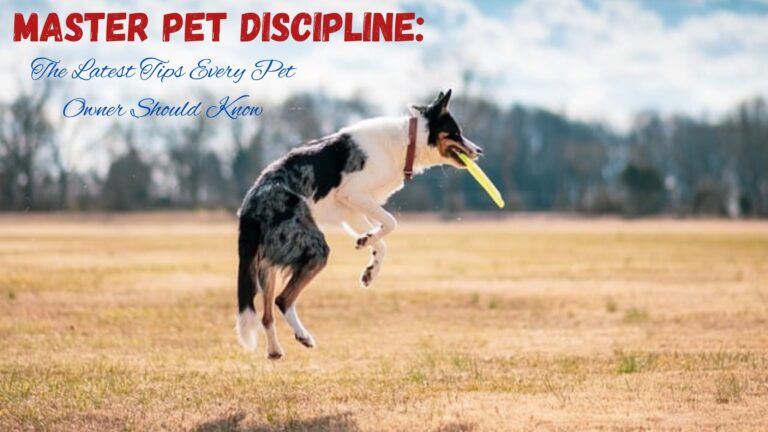Introduction
Timidity or Hot-Headedness: Is Modernity the Culprit?

In today’s fast-paced world, we often find ourselves grappling with contrasting human tendencies – timidity and hot-headedness. Are these behaviors a consequence of modernity’s influence on our lives, or are they intrinsic aspects of human nature? This article delves into the intriguing interplay between modernity and these two traits, exploring their origins, manifestations, and how they affect our daily lives.
Understanding Timidity in the Modern World
Timidity, typically associated with caution and shyness, is a trait that has evolved in response to the rapid changes brought about by modernity. In the face of constant information overload and the ever-evolving nature of society, people have become more cautious than ever before.
One of the key factors contributing to modern timidity is the fear of the unknown. In a world where traditional structures are continuously challenged and replaced, individuals often feel uncertain about the future. This uncertainty can result in hesitation and indecision, as people grapple with the complexities of navigating a rapidly changing environment.
Moreover, the rise of social media has intensified self-consciousness. People are increasingly concerned about the judgment of their peers, both in their personal and professional lives. This heightened awareness of public perception can stifle creativity and authenticity, leading to a more timid approach to life.
The Consequences of Modern Timidity
The consequences of modern timidity extend beyond individuals to society as a whole. When a significant portion of the population is overly cautious, it can hinder progress and innovation. A reluctance to embrace change can stifle economic growth, hinder scientific advancement, and perpetuate inequality by preserving outdated systems and norms. In essence, modern timidity has the potential to impede our collective ability to adapt and thrive in a rapidly evolving world.
Exploring Hot-Headedness in the Modern Era
Hot-headedness, characterized by impulsivity, aggression, and emotional outbursts, has also evolved in response to modernity’s challenges. The fast pace of life, fueled by technology, has made it increasingly difficult for individuals to pause, reflect, and respond thoughtfully.
Furthermore, social media has provided a platform for individuals to express their emotions and opinions more aggressively than they might in face-to-face interactions. Online platforms can often turn into echo chambers, where like-minded individuals reinforce each other’s beliefs and emotions, leading to a kind of group hot-headedness that can escalate conflicts and polarize society.
The Consequences of Modern Hot-Headedness
The consequences of hot-headedness are significant. In the public sphere, it can lead to social unrest, political polarization, and even violence. At the individual level, it can damage relationships, impair decision-making, and lead to regrettable actions. In essence, hot-headedness can undermine social cohesion and individual well-being, posing a significant challenge in our modern world.
The Interplay Between Modernity and Human Nature
It’s important to recognize that neither timidity nor hot-headedness is solely a product of modernity or entirely rooted in human nature. Instead, modernity acts as a catalyst, amplifying and reshaping these inherent tendencies.
Modernity, with its rapid technological advancements and societal transformations, has introduced new challenges and opportunities for individuals. It has disrupted traditional social structures, increased exposure to information, and altered the way we interact with one another. These changes can exacerbate preexisting personality traits, making them more pronounced and visible.
Moreover, modernity has blurred the lines between the virtual and physical worlds. In the online realm, where many aspects of modern life unfold, individuals may feel emboldened to express their hot-headedness or retreat into timidity. The anonymity and detachment from real-world consequences can lead to extreme behavior that may not manifest in face-to-face interactions.
Finding Balance in a Modern World
In navigating the complexities of modernity, it is essential to strike a balance between timidity and hot-headedness. Recognizing that both traits have their place in our lives can help us adapt to the challenges of the modern world.
- Cultivate Self-Awareness: Self-awareness allows for better decision-making and self-regulation. It can help individuals identify when caution is warranted and when it’s essential to take a step back and cool off.
- Promote Critical Thinking: Encouraging critical thinking skills can help mitigate the negative aspects of both traits. Timid individuals can learn to assess risks more accurately, while hot-headed individuals can develop better impulse control and emotional regulation.
- Embrace Empathy and Understanding: Fostering empathy and understanding can bridge the gap between differing perspectives. Timid individuals can learn to empathize with the experiences and emotions of hot-headed individuals, and vice versa.
- Limit Exposure to Sensationalism: Recognizing the impact of sensationalized media and social media on hot-headedness is crucial. People can choose to limit their exposure to inflammatory content and seek out balanced, well-reasoned information sources.
- Encourage Open Dialogue: Promoting respectful and open dialogue allows individuals with differing tendencies to engage constructively. Timid individuals can find their voice, while hot-headed individuals can learn to express themselves without resorting to aggression.
What is an example of timidity?
An example of timidity is when someone hesitates to speak up or express their opinions during a group discussion because they are afraid of criticism or rejection. They may remain silent even when they have valuable insights or ideas to contribute because they lack confidence in themselves or fear the reaction of others. Timidity often manifests as a reluctance to take risks, make decisions, or assert oneself in various situations due to a lack of self-assurance or fear of negative outcomes.

What is 10 quotes about not being timid?
- “Don’t be afraid to speak up; your voice is your power.” – Unknown
- “Inaction breeds doubt and fear. Action breeds confidence and courage. If you want to conquer fear, do not sit home and think about it. Go out and get busy.” – Dale Carnegie
- “Life is inherently risky. There is only one big risk you should avoid at all costs, and that is the risk of doing nothing.” – Denis Waitley
- “The biggest risk is not taking any risk. In a world that is changing quickly, the only strategy that is guaranteed to fail is not taking risks.” – Mark Zuckerberg
- “Courage is resistance to fear, mastery of fear, not absence of fear.” – Mark Twain
- “The only limits that exist are the ones you place on yourself.” – Unknown
- “Don’t let the fear of what could happen make nothing happen.” – Doe Zantamata
- “Timid men prefer the calm of despotism to the tempestuous sea of liberty.” – Thomas Jefferson
- “Doubt kills more dreams than failure ever will.” – Suzy Kassem
- “The brave man is not he who does not feel afraid, but he who conquers that fear.” – Nelson Mandela
These quotes emphasize the importance of courage, taking risks, and not letting fear or timidity hold you back from pursuing your goals and dreams
Conclusion
The interplay between modernity and human nature has given rise to the complex dynamics of timidity and hot-headedness. While these traits have deep-seated roots in our evolutionary history, modernity has reshaped and amplified them in ways that challenge our ability to adapt and thrive. Striking a balance between these traits, fostering self-awareness, critical thinking, empathy, and open dialogue, is essential in navigating the complexities of our modern world. By understanding and addressing these tendencies, we can strive for a more harmonious and balanced existence in the age of modernity.
https://youtu.be/0XtJzy5Gyl4?si=9E0oRlob9xYLLdp-






